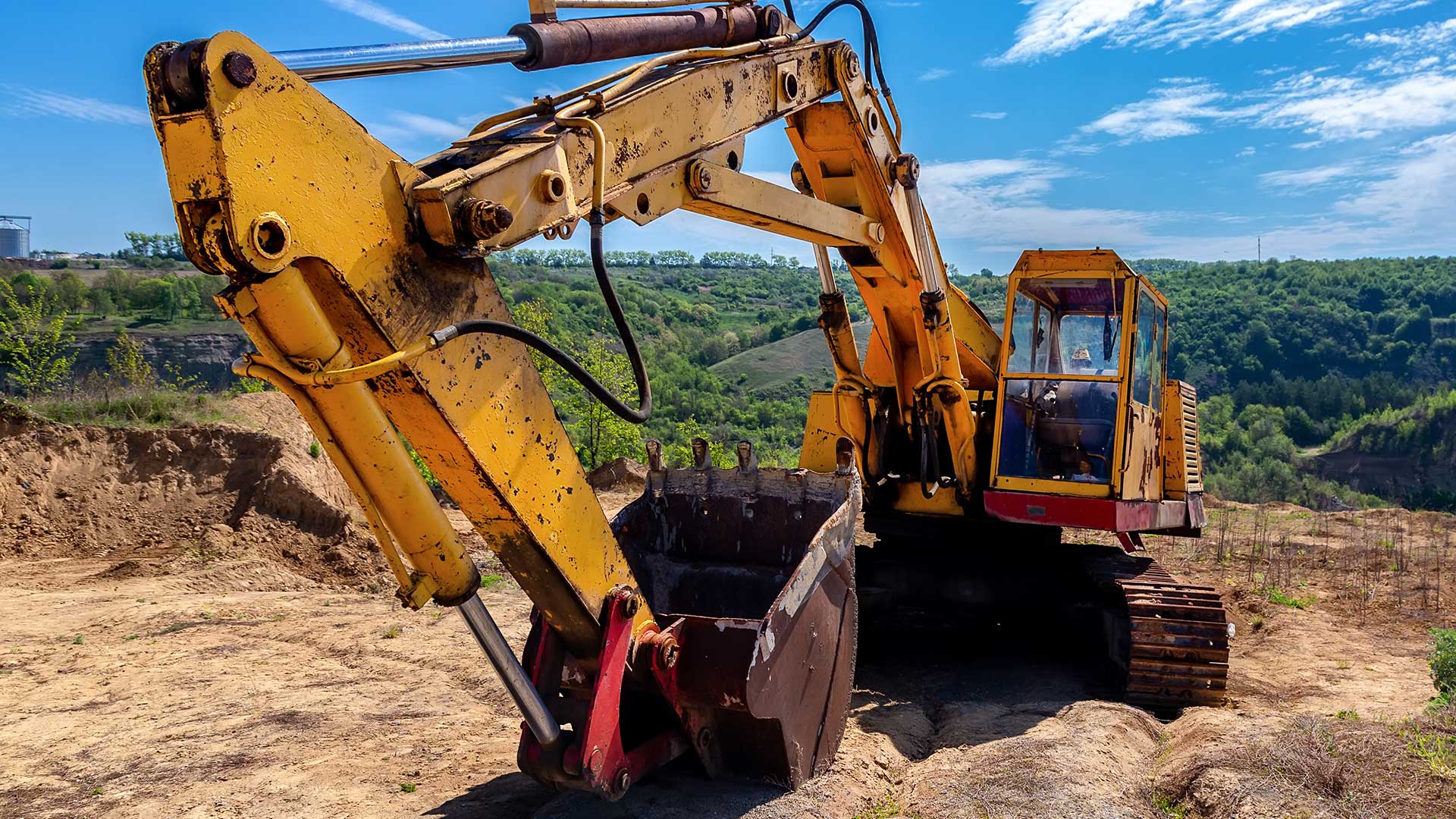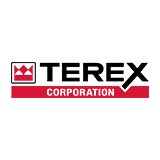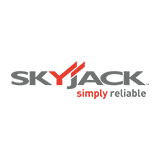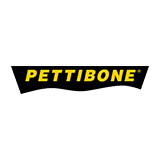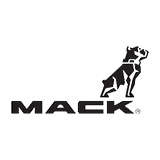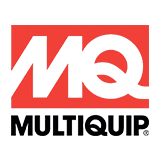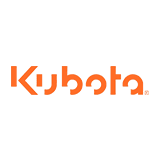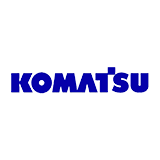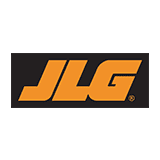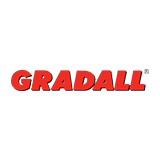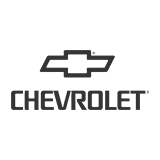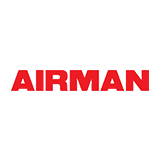Each piece of machinery, when initially purchased, may vary widely in price dependant upon your individual or business needs. In addition to the initial price tag, there is also ongoing maintenance that can be simple and inexpensive or detailed and very expensive. The costs can and will keep adding up if left unchecked.
Once your initial investment is made, it would be wise to run your equipment as efficiently and effectively as possible. With a strategic approach to how you do this, there are several ways you can control your heavy equipment costs and improve your ownership experience. Below you will find five simple ways to do just that:
1. Watch that Idle Time
One of the most common ways cost rise when using heavy equipment is excessive idling. When equipment runs idle it drains fuel, burns oils, add hours of usage on the engine, and potentially reduces the durability of the machinery. If you want a simple way to begin reducing your costs, controlling idle time is an easy and impactful way to do just that.
2. Schedule Preventative Maintenance
Forgetting to do preventative maintenance is a great way to make costs skyrocket. This can be avoided by having planned downtimes for your equipment to be tuned up and ready to go for the next job. By working with a team of professionals and getting your annual equipment maintenance on the books, you will be taking the steps to protect against catastrophic failure of machinery and lengthen its time of operation.
3. Thoroughly Train Operators
A poorly trained heavy equipment operator will cost you a small fortune. Each time they get behind the controls and idle around trying to “figure it out” is like pouring money down the drain. In addition to long idle times, inexperienced or disengaged operators will also increase the amount of wear and tear on the joints, put stress on the undercarriage, or spend excessive time operating the machinery.
If you spend the time to train your operators the right way, you can control your costs and develop your team.
4. Keep Track of Your Equipment
Many heavy equipment owners have a fleet of machinery they use at their disposal. One of the most common matters we run into is equipment that has been sitting idle because it was left at a non active site for too long. As a heavy equipment owner one great way to control your cost is to keep a tight handle on where your equipment is, how long it has been there, and when it can be moved at all times. Don’t fall into the expensive trap of letting expensive equipment sit dormant.
5. Understand the Job Site
Often heavy equipment purchased for one purpose may be retrofitted to do another. In times where you will be going beyond the scope of your initial investment, you have to be sure that you have the right tool for the job. Many people run into unexpected expenses when they use a piece of heavy equipment for the wrong terrain. From undercarriage to track replacement, taking the time to understand and review the job site before you get started can save you tons of money spent on repairs.

